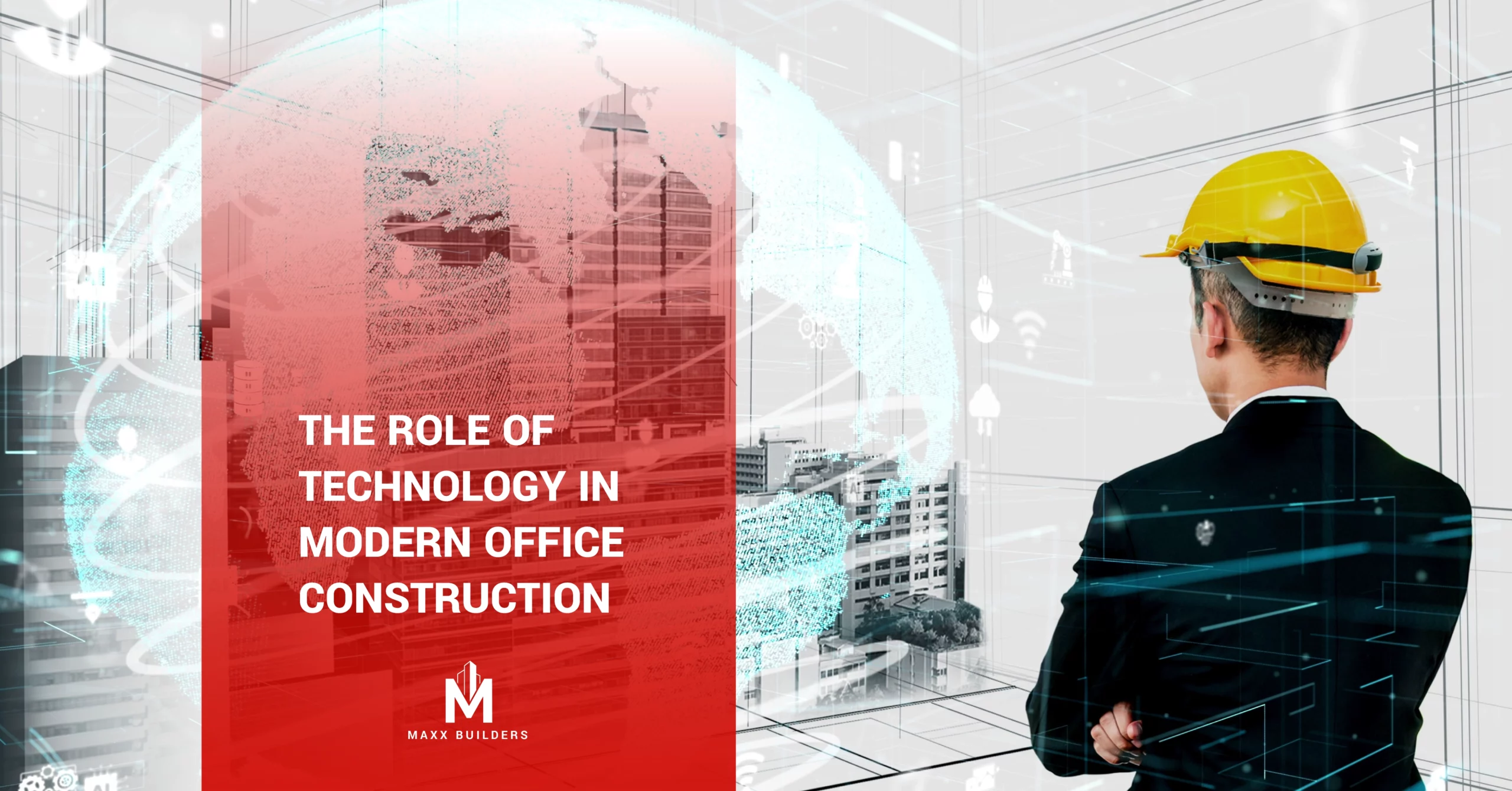The Role of Technology in Modern Office Construction
Introduction
In today’s fast-paced business world, technology plays a crucial role in every industry, including commercial construction. The use of advanced technology has revolutionized the way office buildings are designed, constructed, and managed. This blog post will explore the various ways technology has transformed the construction industry and its impact on modern office construction.
1. Building Information Modeling (BIM)
One of the most significant advancements in office construction is the adoption of Building Information Modeling (BIM). BIM is a digital representation of the physical and functional characteristics of a building. It allows architects, engineers, and construction professionals to collaborate and visualize the entire construction process before any physical work begins.
BIM enables real-time collaboration, reduces errors, and improves efficiency. It allows stakeholders to identify and resolve design conflicts, optimize building performance, and make informed decisions. With BIM, commercial construction companies can create accurate 3D models, generate detailed construction documents, and streamline the construction process.
2. Prefabrication and Modular Construction
Another technological advancement that has transformed office construction is prefabrication and modular construction. Prefabrication involves manufacturing building components off-site in a controlled environment and then assembling them on-site. Modular construction takes prefabrication a step further by creating entire building modules that can be easily transported and assembled.
Prefabrication and modular construction offer numerous benefits, including reduced construction time, improved quality control, and cost savings. With prefabrication, commercial construction companies can minimize on-site disruptions, enhance safety, and achieve greater precision in construction. Modular construction allows for flexibility and scalability, making it easier to accommodate future expansions or reconfigurations.
3. Sustainable Construction Practices
Technology has also played a significant role in promoting sustainable construction practices in modern office construction. Green building technologies and materials have become increasingly popular due to their environmental benefits and cost savings in the long run.
Energy-efficient HVAC systems, smart lighting controls, and renewable energy sources are just a few examples of how technology is improving the sustainability of office buildings. Additionally, advanced sensors and monitoring systems help optimize energy consumption, reduce waste, and enhance indoor air quality.
4. Virtual Reality (VR) and Augmented Reality (AR)
Virtual Reality (VR) and Augmented Reality (AR) have revolutionized the way office spaces are designed and visualized. These technologies allow clients and stakeholders to experience a virtual walkthrough of the office space before construction begins.
With VR and AR, commercial construction companies can showcase different design options, test different layouts, and make informed decisions based on realistic simulations. This not only improves client satisfaction but also reduces the chances of costly design changes during the construction phase.
5. Internet of Things (IoT) and Smart Buildings
The Internet of Things (IoT) has transformed office buildings into smart buildings. IoT technology enables the integration of various devices and systems within a building, allowing for centralized control and automation.
Smart buildings use sensors, data analytics, and automation to optimize energy consumption, enhance security, and improve occupant comfort. For example, IoT-enabled systems can adjust lighting and temperature based on occupancy, monitor and manage energy usage, and provide real-time data on building performance.
Conclusion
Technology has revolutionized the commercial construction industry, particularly in the realm of office construction. Building Information Modeling (BIM), prefabrication and modular construction, sustainable practices, virtual reality, and augmented reality, as well as the Internet of Things (IoT), have all played a significant role in improving efficiency, sustainability, and client satisfaction.
As technology continues to advance, commercial construction companies must embrace these innovations to stay competitive and deliver high-quality office spaces that meet the evolving needs of businesses.




